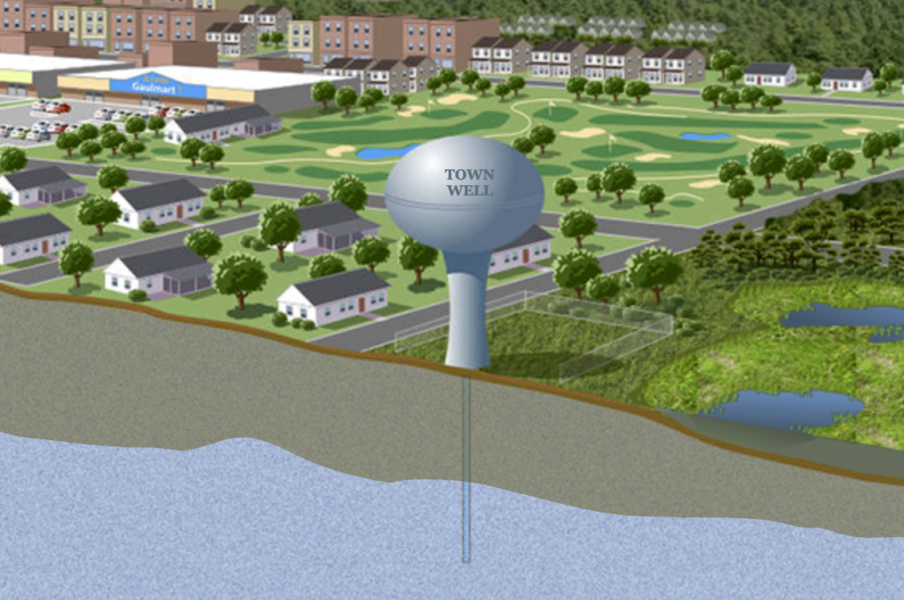Groundwater Contamination
Pollution on land or just below surface can readily contaminate groundwater

Pollution on land or just below surface can readily contaminate groundwater, especially in water table aquifers with porous soils, as in the Kirkwood-Cohansey Aquifer. A water table aquifer, or an unconfined aquifer is an aquifer whose water reaches up to the water table with no confining layer above it. This means that precipitation and water withdraw can easy cause the water table to rise and fall. In areas in the Pinelands and the Delaware Bayshore the Kirkwood-Cohansey Aquifer water table can reach the surface creating unique characters of their wetlands, ponds, streams and river. This defining feature in the region, has lent itself to contamination. For example, high levels of Mercury and Radium have been found in wells within the aquifer. Mercury is not naturally occurring and is thought to be released into the environment and the groundwater by human activity. Though Radium is naturally occurring in the aquifer, the high levels in the groundwater is thought to be cause by the use of agricultural chemicals. Groundwater when contaminated, can easily move that contamination throughout the aquifer system. Leaching of agricultural fertilizers, improper disposal of industrial waste, and domestic sewage are some of the ground water contamination found in the aquifer.
Leaching of agricultural fertilizers, improper disposal of industrial waste, and domestic sewage are some of the ground water contamination found in the aquifer.
